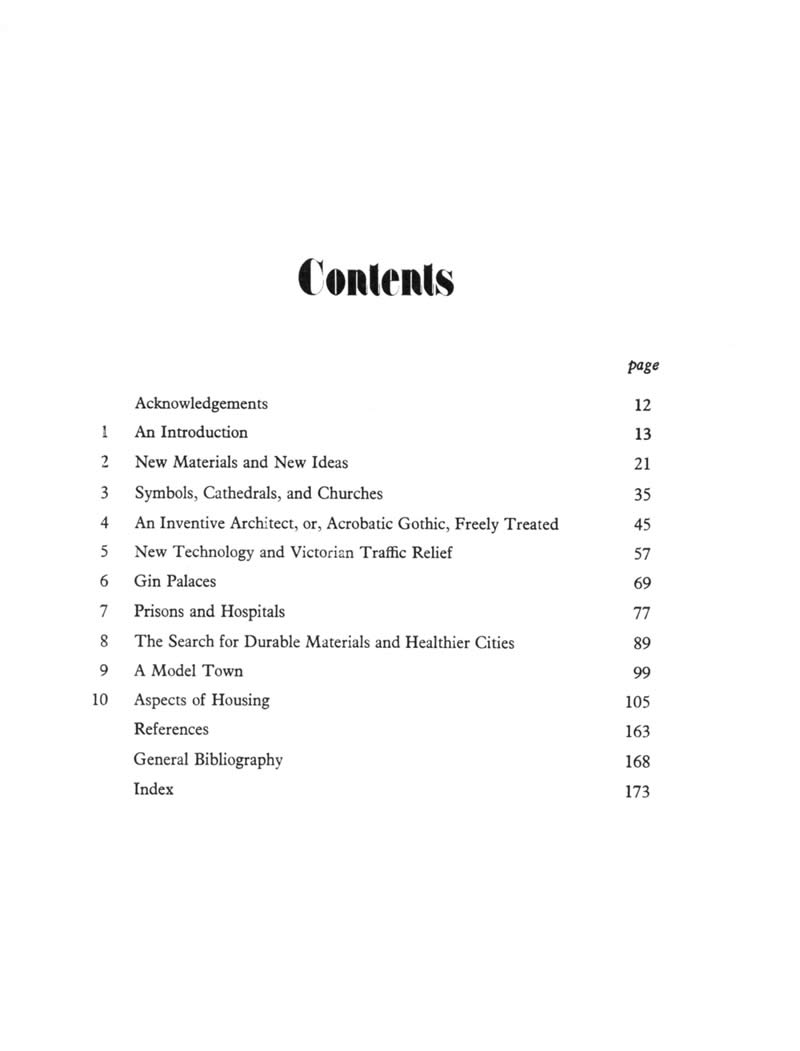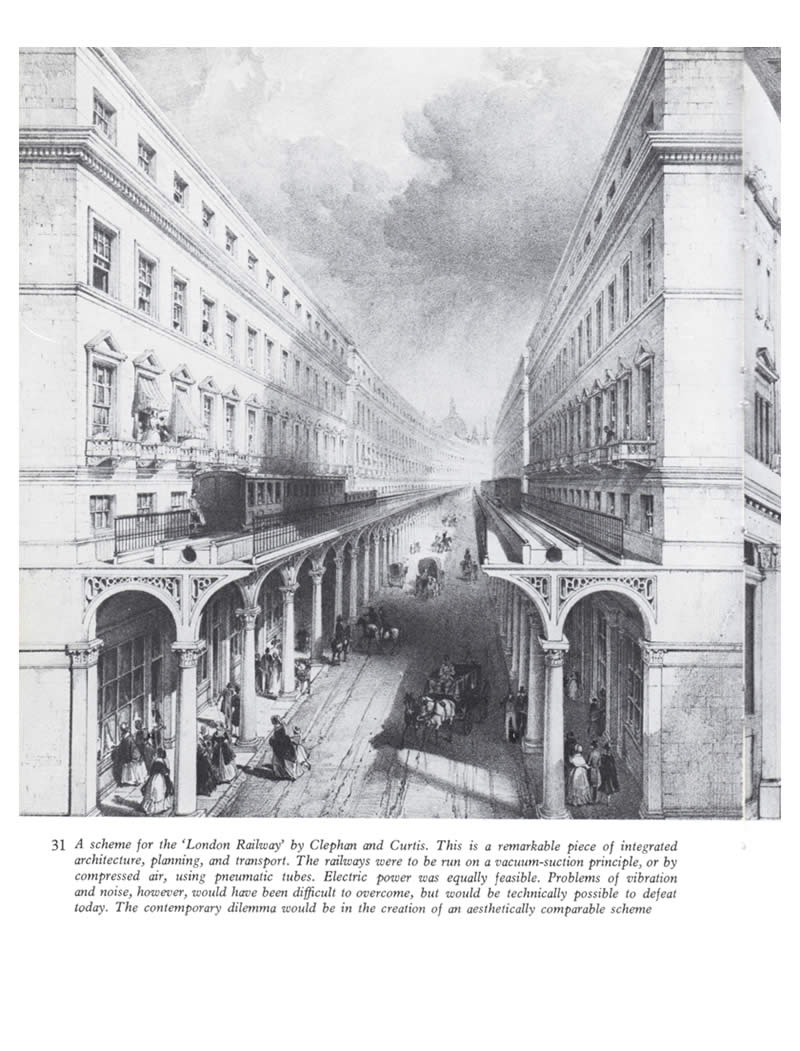Victorian Architecture; its Practical Aspects
Author : James Stevens Curl
Publisher : Newton Abbot: David & Charles Publishers plc., 1973
ISBN:0-7153-6027-2 (hbk)
Victorian architecture that survives today has an enormous amount to teach those of us worried by the widespread and unfeeling destruction of old buildings or by the dreary monotony of new ones that cannot be considered as architecture at all. Victorian architects and engineers provided ingenious and inventive solutions to the problems of their day, combining functional requirements with gusto and aesthetic sensibility: using new materials and techniques with surprisingly sure hands, they did not forget the need to delight the eye. It should be remembered that many building-types were entirely unprecedented, yet designers rose to the occasion with realism and imagination, using iron, glass, glazed tiles, etched glass, and much else, offering object-lessons today, as we jettison any coherent architectural language and fail to understand that the environment should actually speak to us, make life interesting, and be something other than a Modernist Dystopia. With the aid of a splendid selection of photographs, this book shows the Victorians as original creators of buildings that were unmistakably of their time, which worked well, and stood up to the rigours of use, as well as never ceasing to be true to real architecture.
Reviews
‘Curl pursues his robustly-argued case closely, passionately, and with a loving scope...’
‘Curl has made a notable addition to the growing number of books on Victorian Architecture. He writes well – his book is intensely readable ... this is a very good book to have on one’s shelf.’
‘... agreeably written, well-researched, and off-beat illustrated account of the ingenious and gargantuan ... works of architectural moralists and engineering geniuses.’




 LinkedIn
LinkedIn  Wikipedia
Wikipedia